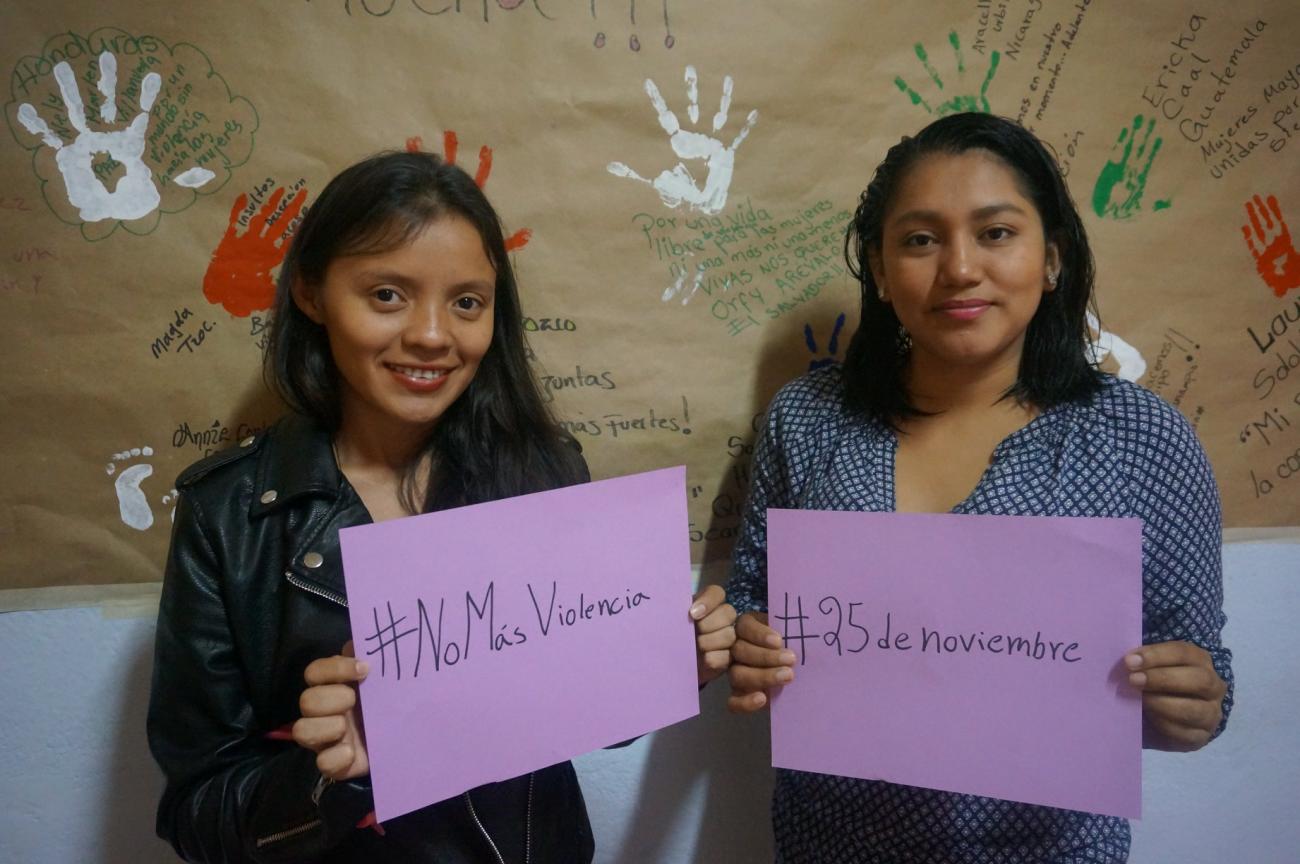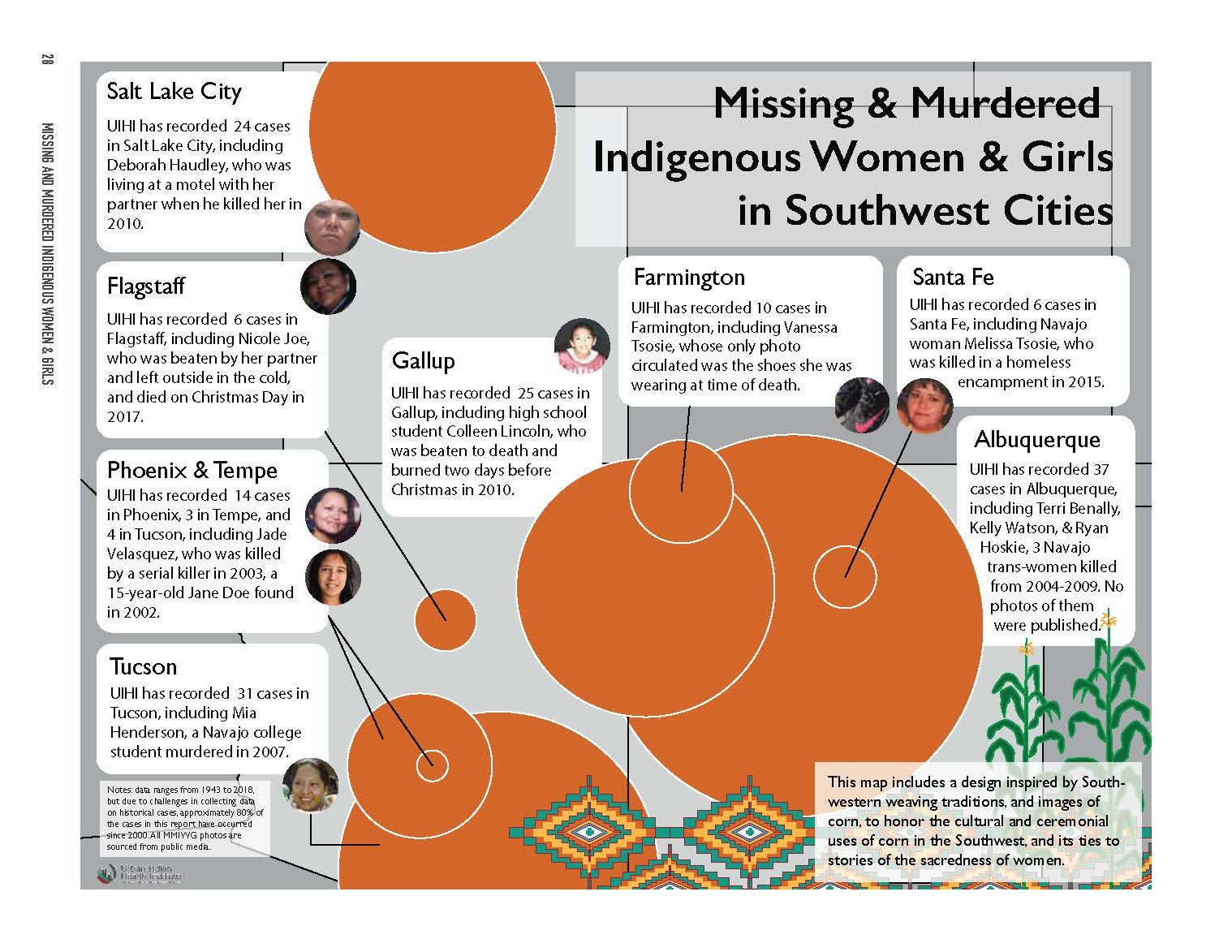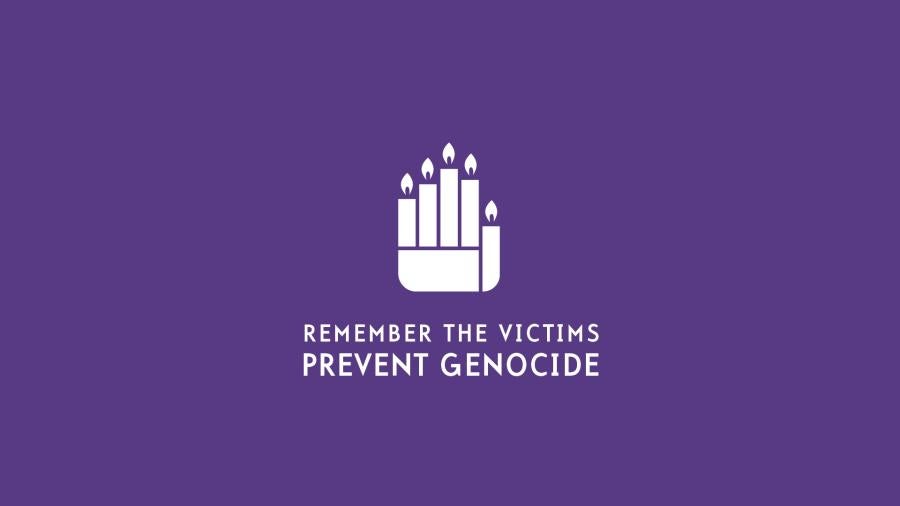
By CS Staff
Violence in any form is a terrible experience and, even after many years, will have an impact on a woman's health and well being. It can lead to irreversible consequences, illness, disability, and mental health problems and can lead to depression, anxiety disorders, and even suicide.
Countries that were former colonies have a 50 times higher prevalence of intimate partner violence against women. It is colonialism, coupled with widespread poverty, racial discrimination, and gender inequality, that has created the conditions for increased violence against Indigenous women.
Over the past decades, the Indigenous Peoples' movement in many countries has sounded the alarm about the enormous amount of violence, disappearance, and murder of Indigenous women. The disproportionate level of violence suffered by Indigenous Peoples is horrifying, but even this data is inaccurate and incomplete.
Statistics on such cases are not kept in all countries; in many countries, they are silenced, reduced, or withheld because of the risk of confidentiality and possible potential harm to victims.
But the statistics that are available are scary:
- More than 4 in 5 American Indian and Alaska Native women (84.3 percent) have experienced violence in their lifetime,
- Indigenous women in Australia accounted for 16% of all female homicide victims despite making up only 2-3% of the adult female population.
- Indigenous women are 33 times more likely to be hospitalized for domestic violence than other women in Australia, and they are 8 times more likely to die as a result of a violent assault than other women.
- In the U.S., the female homicide rate is ten times the national average for women living on reservations, and homicide is the third leading cause of death for Indigenous women, according to data from the Urban Indian Health Institute.
- This violence also disproportionately affects trans people, Two-Spirit people, and people of other marginalized genders. In a recent study of Two-Spirit women, 78% of the women had been physically assaulted, and 85% were sexually assaulted. This is 4 times higher than the estimate of lifetime assault among women in the general population.
Graphs source: The Guardian.

Graphic source: MMIWG Report. No agency has comprehensive data on the true number of missing and murdered Indigenous women and girls, and further research is needed.
The reports, figures, and graphs are shocking, but even though these data are not complete or new, they are often old data that has not been updated.
One must realize that all these figures are, first and foremost, the lives of children, mothers, sisters, daughters, and the shattered lives of families, tragedies that are experienced daily.
Indigenous women who have been subjected to violence do not always report to law enforcement agencies because they fear for their lives or because they are desperate for help and support. These cases remain unreported and invisible to statistics. In 2024, Djirra, a specialized organization controlled by the Aboriginal community, reported that “more than 90% of domestic and sexual violence cases remain unreported.
The targeting, abuse, and disappearance of Indigenous women are simply not taken seriously nor investigated as necessary. “Our women regularly report instances of Police minimizing the violence, not believing them and refusing to take statements,” - is reported by the Djirra organization. Often, Indigenous women or their families find that their claims to the police are not accepted, which is why Indigenous Women and girls are not only more likely to go missing but also less likely to be found.
Violence against women, mothers, and keepers of the home is not a new problem. Still, unfortunately, we are witnessing an increasing and frightening number of violence and murders of Indigenous Women in the world.
Only an official recognition of the existing problem can be the step that will help to change the situation for the better. First of all, there must be a change in society's attitude towards Indigenous women. Their voices and stories must be heard and shown the truth.
Economic and social inequalities in the treatment of indigenous peoples must be addressed, ensuring that they have equal access to education, health services, and work and equal rights to be protected.
Systemic change is needed, as well as behavior changes and approaches to investigating such cases, treating Indigenous victims and their families as full members of society who are entitled to fair and comprehensive justice and support. Support services need to be adapted to meet the needs of Indigenous women, including the issues of accessibility and the possibility of alternative ways to report violence to them.
The problem must be recognized at the national level in all countries, including the development of a comprehensive plan with overall coordination of necessary measures between governmental bodies and Indigenous Peoples, their tribes, and organizations at all levels.
November 25 is the International Day for the Elimination of Violence Against Women. We express our support for our Indigenous Sisters and their families, all those who have been and continue to be violated, and those who have been murdered or missing. We express our gratitude to all those who fight for the truth and continue to recover the names of the victims, who do not stop the search for the missing. We thank those who stand up for justice and seek a fair trial and punishment for perpetrators of violence against Indigenous women.
Top photo: Photograph taken by Rosy Gonzalez, Indigenous Rights Radio Program Manager at a media training for Indigenous communicators of Central America organized by Cultural Survival.





